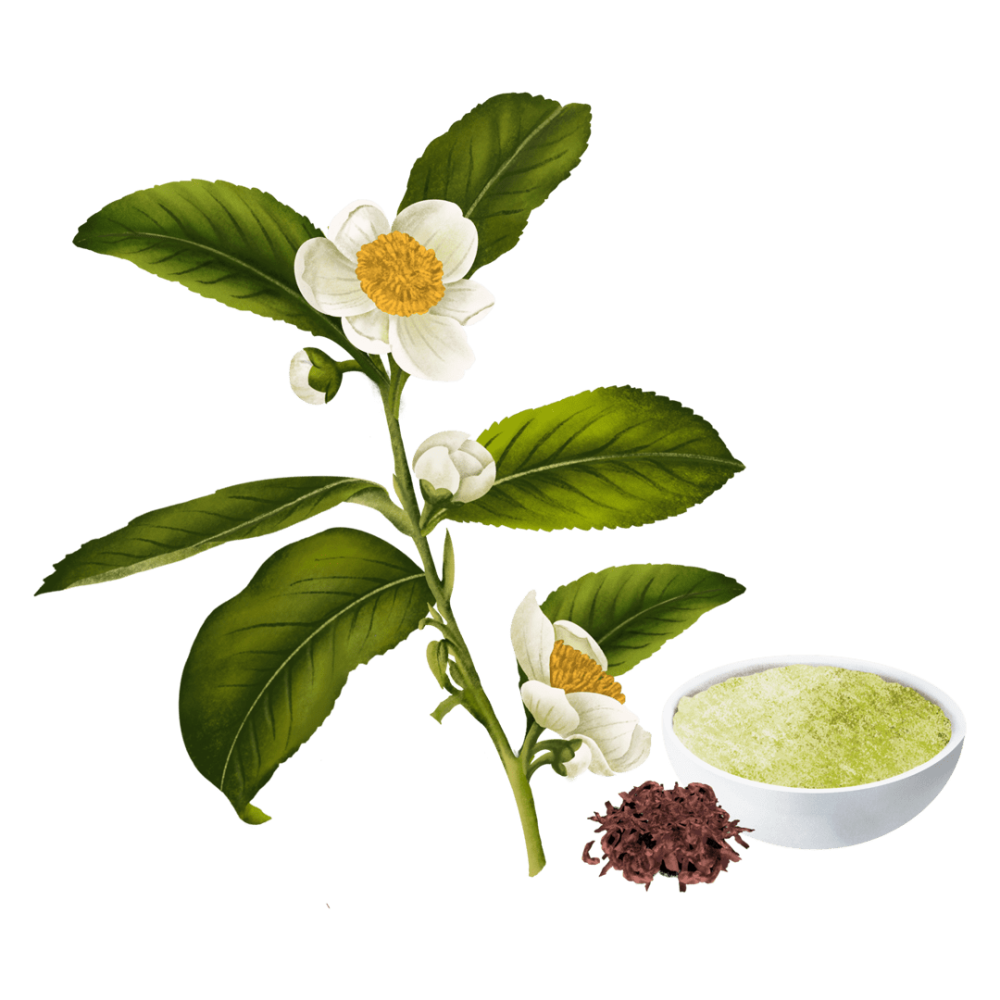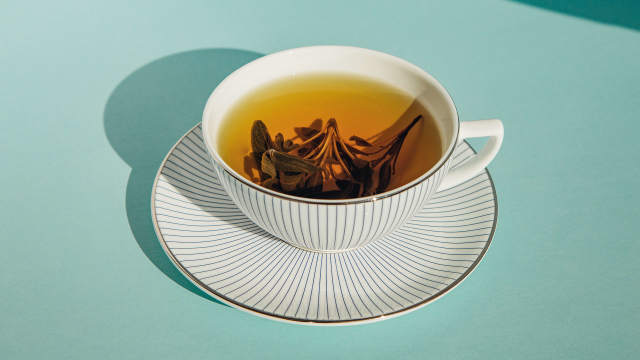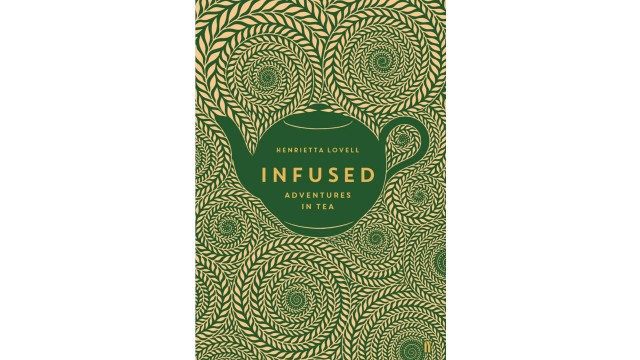Green Tea

Ingredient: Green tea
Latin name: Camellia sinensis
Uses: beverage, food, flavoring
What is green tea?
Green tea is tea leaves and buds that haven’t gone through any oxidation process like black tea and oolong. Instead, they’re either dried via traditional methods using sun, air, or roasting in a pan or basket, or modern methods of steaming and then oven-drying or tumbling to form little balls (gunpowder tea).
The leaves can be left whole during drying, or finely ground to a powder as in matcha. In Myanmar, tea leaves are fermented, and people eat the resulting pickled tea (laphet) on salads and rice dishes. There are dozens of different types of green tea, depending on when it’s harvested, which parts, and how they’re processed.
Why is green tea healthy?
Green tea is high in polyphenols called catechins which help prevent cell damage. Studies show that green tea is effective in reducing total cholesterol, LDL cholesterol (the bad kind), systolic blood pressure, and inflammation. Studies on the efficacy of green tea extract (EGCG) as a treatment for cancer or weight loss have been inconclusive, although drinking it in its natural form may have a modest effect on the latter. The caffeine in green tea can help with alertness but taking EGCG doesn’t have a significant impact on mental sharpness.
Much of the promising research on green tea's benefits come from consuming it as a beverage. The results are more inclusive for green tea in supplement form.
What does green tea taste like?
Most green tea is classified as either smoky, sweet, or vegetal, but similarly to white wine, there are so many different types of green tea, and each has a unique flavor. It can be bittersweet, buttery, or tannic; toasty/nutty; fruity and floral; or even savory and oceanic.
The most common green teas, sometimes sold as longjin (dragon well) or sencha, have a pleasantly light and fresh vegetal flavor, whereas matcha is strongly grassy with tannic bitterness. Roasted hojicha from Japan has a rich toasty, savory flavor.
How do I use green tea?
Typically, you’ll steep or decoct green tea in hot water, but be careful not to steep it too long if you want to avoid bringing out bitter tannins. Matcha is powdered so you can whisk it into hot water or use it to add green tea flavor and color to ice cream, baked goods, or steamed milk. You can drink green tea hot or cold.
What does green tea pair well with?
Because it’s such a natural mate for ginger, green tea is a classic pairing for Chinese, Japanese, and Korean foods (especially tea snacks like dried fruits or cookies). More recently matcha has been used for lattes, as the sweetness of foamed milk tempers the astringent grassiness of the matcha.
Green tea is perfect with rice; in fact, the dish chazuke or ochazuke is simply that: green tea poured over cooked rice, then topped with shredded nori, pickles, and/or flaked fish. A roasted green tea will play beautifully with grainy dishes (like buckwheat soba or farro), roasted root vegetables, pungent cheese, and smoky flavors.
Where does green tea grow?
Green tea originated in China and the majority of the global green tea crop is still grown there Though China also produces and exports other teas, the bulk of tea produced in Japan is green tea.
How to buy green tea:
Buying matcha or loose-leaf green tea from a reputable tea shop ensures the best quality and variety. Grocery store teabags can be fine, too — just check the use-by date and store the tea in a cool, dark, and dry place to keep it fresh. Keep different varieties in separate containers to maintain the individual flavors.
Surprising green tea fact:
Green tea’s anti-inflammatory properties have been known for thousands of years. Ming-dynasty physician Li Shizhen said “tea is cold and lowers the fire.” Though we don’t know which specific inflammations he was referring to, in 2006, green tea-derived sinecatechin (which is 55% EGCG), was approved by the FDA as a treatment for external genital warts — the first botanical drug ever approved for this use.


